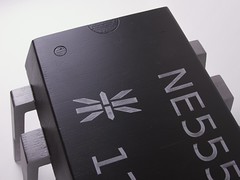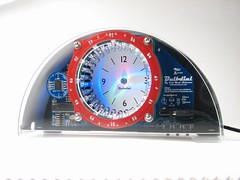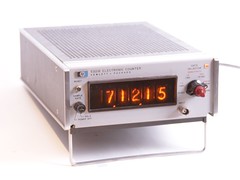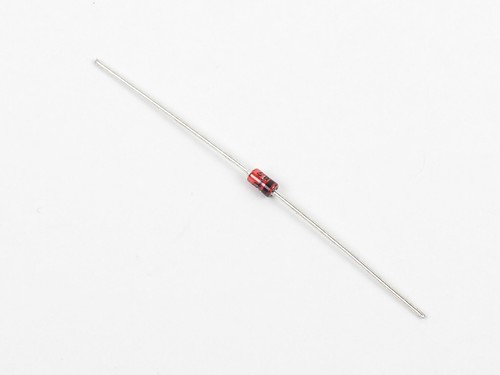This Saturday, we’ll be at the Exploratorium participating in the Open Make event focused on the theme “Time.” We had a great time when we participated in the very first Open Make event, and are glad to see the program continuing with a great lineup of themes this year. This time, we’ll be bringing several clock and time related projects.
The event runs from 10 am to 2 pm, Saturday, February 18, and will feature workshops, maker displays, and Dale Dougherty interviewing several makers on their time related projects. We hope to see you there!













